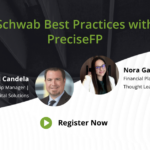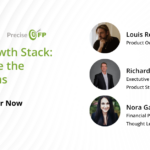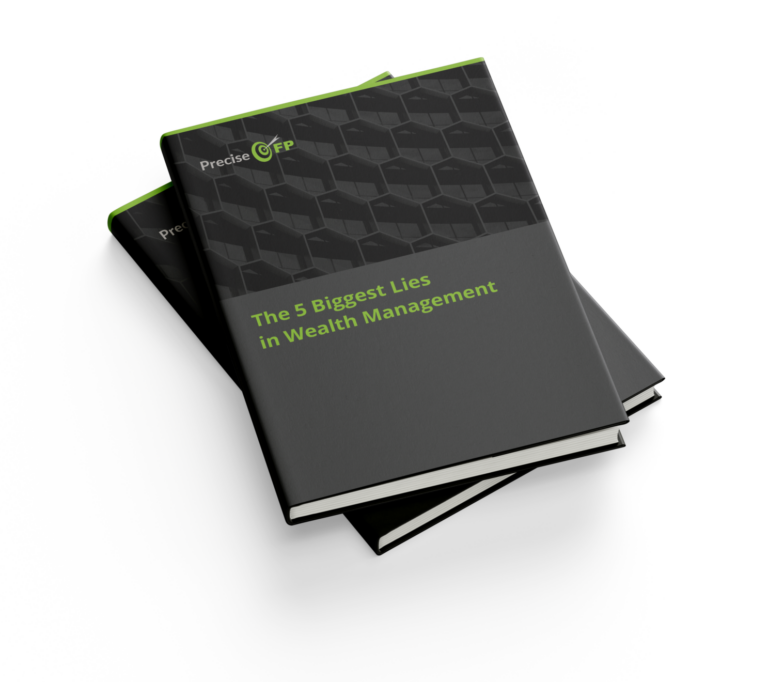As a financial advisor, it’s crucial to think about the future sustainability of your practice. To gain a clear understanding of where you stand, I encourage you to do a simple exercise: go to your CRM and pull up a report of your clients, breaking them down by age. Are you seeing a major discrepancy between those aged 65 and over and those aged 25 and up? If so, you need to recognize that the younger generation seeks financial advice just as much as the older generation. If it isn’t you providing it, they will find it elsewhere.
If your firm hasn’t yet embraced new strategies to attract and retain young investors, it’s time to start. Many advisors hold outdated beliefs about Gen Y (Millennials) and Gen Z, thinking they either don’t have money to invest or are unwilling to pay for financial advice. This couldn’t be further from the truth. A Fidelity report found that 14% of Millennials are likely to start working with an advisor in the next year. Plus, the next generation of investors fits an ideal investment profile—they’re loyal, motivated to improve their financial situation, are at their peak career advancement years, value professional advice, and are willing to pay for it.
In this blog, we’ll examine the changing demographics of Millennial and Gen Z investors, explore the attributes they value in an advisor, and share a few takeaways so your firm can start upping its game when it comes to embracing the next generation of investors.
Advisors Need Millennials & Gen Z Investors
First and foremost, advisors shouldn’t write off Gen Z and Millennials due to one simple principle: follow the money. Gen Y and Gen Z inherit $541 billion each year — that’s 30% of annual wealth transferred. Indeed, the next generation is even starting to outnumber older ones. Gen Y and Gen Z now represent 42% of the U.S. population.
Despite this, the next generation only represents 14% of advisory clients. Meanwhile, baby boomers and the silent generation represent a whopping 87% of households and 95% of revenue for the typical advisory firm. As a financial advisor, it’s crucial to think about the future sustainability of your practice. If 87 percent of your client base consists of individuals reaching the end of their money management years, your assets under management (AUM) bucket will inevitably begin to empty. This demographic shift can significantly impact your revenue stream and overall business health. With such a seismic shift of wealth and population underway, you need to take a hard look at their investor profile and consider how they can diversify their client roster.
After all, an imbalance between younger and older clients can prove disastrous to firm longevity over time. Fidelity found that firms with asset-weighted clients aged 62 and under experienced a 10% organic growth rate. Contrast that to firms with clients aged 69 or greater who averaged just a 1% organic growth rate.
Money is left on the table when advisors don’t take the next generation seriously. Unfortunately, it’s not as simple as taking on your clients’ children. Over 70% of heirs are likely to fire or change their advisor after inheriting their parents’ wealth. Without concrete strategies to attract and retain the next generation, your firm’s future is at risk.
Strategies for Serving Young Investors
The next generation of investors has different priorities and values than generations past. To provide services that speak to them, advisors need to understand what Gen Y and Gen Z are looking for and adapt accordingly. Here are four attributes young investors are looking for in an advisor.
1) Price Competitive
The next generation of investors is sensitive to price. Yes, they’re willing to pay for an advisor, but 56% of Gen Y and Gen Z would be “easily swayed” to switch their primary financial advisor if they found another with lower fees.
Plus, 28% of young investors are likely to have more than one advisor to get the full range of services they’re looking for (compared to just 9% of older investors). However, and this is the crux here, Gen Y and Gen Z would prefer to have one advisor. Firms that can compete on price and services rendered effectively will have a huge advantage when serving younger investors.
2) Engaging & Cutting Edge
Young investors want an advisor who is engaged and offers access to new investments (such as cryptocurrency and other emerging investment opportunities). Indeed, 78% of Gen Y and Gen Z say they’re always looking for new investment ideas.
Rather than a financial retainer, young investors want an accountability partner who helps them engage with their money proactively.
3) Wellness & Community Oriented
It’s not enough for advisors to offer financial advice alone. Young investors are searching for a whole-life advice partner, and 85% want some form of behavioral coaching from their advisor. To them, financial wellbeing is a form of wellness and self care.
Firms that succeed will act as coaches, adopting a lifestyle approach to their services instead of a transactional approach.
4) Focus on Financial Freedom
Finally, Gen Z and Gen Y have much different financial goals than their forebears. They simply aren’t interested in the traditional advice model of retiring at a set date and following a typical life plan. For 75% of the next generation, saving early in order to become financially independent as soon as possible is their top priority. Work isn’t their life goal; life after work is the goal.
Advisors who offer services oriented toward gaining financial freedom ASAP will resonate more with young investors.
Final Takeaways
In years past, the most prevalent barrier preventing Americans from seeking an advisor was the belief they didn’t have enough money to hire one. This doesn’t seem to hold as much weight for Millennials and Gen Z. The next generation is prone to diversify their income streams with side hustles, businesses, and other supplementary income. Additionally, 63% of Gen Y and Gen Z believe an advisor is important to achieve financial success (7% more than the boomer+ generation).
As a financial advisor, it’s crucial to think about the future sustainability of your practice. If 87 percent of your client base consists of individuals reaching the end of their money management years, your assets under management (AUM) bucket will inevitably begin to empty. This demographic shift can significantly impact your revenue stream and overall business health. It’s essential to strategize now on how to attract and engage younger clients, ensuring a steady flow of AUM and long-term growth for your firm. Consider how innovative marketing strategies and robust client engagement platforms, like PreciseFP, can help you reach a broader audience and secure the future of your advisory practice. Start your free trial today!










